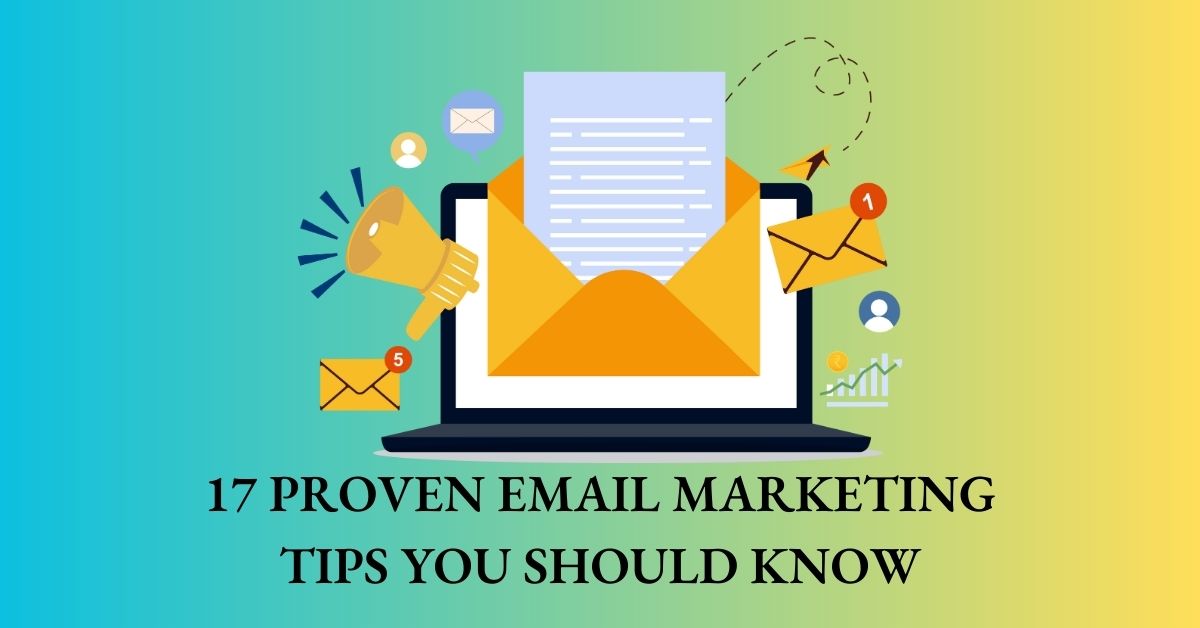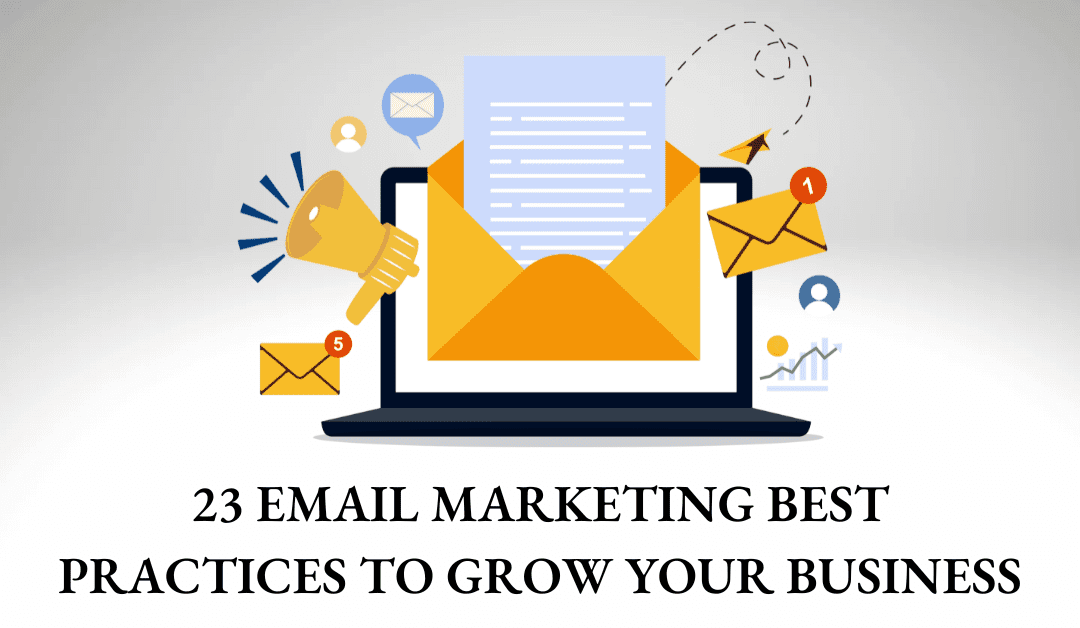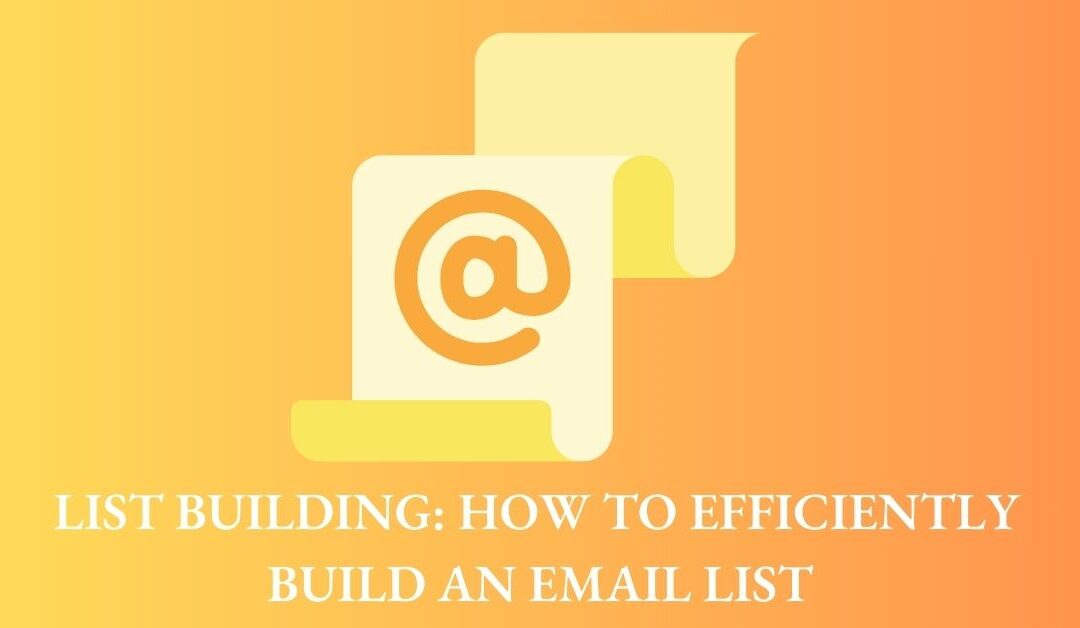Email marketing is one of the best ways to grow your business. However, it is effective only if your subscribers open your emails and engage with the content. To avoid getting your emails in spam or trash folders, you must learn how to do email marketing correctly. This post will discuss email marketing tips you should know to help increase email open and engagement rates.
1. Automate Email Delivery
Many of the marketing emails are time or action-related. For example, welcome, follow-up, post-purchase, and abandoned cart emails are action-related. Similarly, emails wishing for a birthday or anniversary, informing subscription expiry, and announcing offers or promotions are time-related.
Automating such emails can save you a lot of time and energy. Additionally, it ensures that the right emails are sent at the right time to the right people. Most importantly, email automation helps provide a personalized experience by sending emails based on the user’s actions.
ActiveCampaign, Getresponse, Brevo (formerly Sendinblue), ConvertKit, AWeber, and Constant Contact are famous email automation tools marketers use for their email campaigns.
2. Segment Your Email List
Email list segmentation is among the top email marketing tips that directly impact the effectiveness of marketing campaigns. It is the division of email subscribers into groups based on specific criteria.
Segmentation allows sending personalized content to the subscribers according to their needs and interests. It ensures you send only relevant emails to your subscribers. It also helps increase email open and clickthrough rates while reducing the unsubscribe rate.
The following are a few criteria you can use to segment your email list:
New Subscribers: You cannot send the same emails to a new and an old subscriber. You must welcome your new subscribers and guide them about your blog through a series of emails.
Demographics: Demographics, such as age, gender, income level, and profession, assist in determining the interests and demands of a subscriber. You can ask your subscribers to provide their demographics during the signup process. However, do not ask for a lot of information. Instead, choose one or two parameters according to your business requirements.
Email Engagement: Engagement rate plays a vital role in email marketing. Segmenting your subscribers based on how actively they engage with your emails can benefit you in several ways. It can help send a reminder email to those who did not open the first one or email to re-engage inactive subscribers. Similarly, if you send an email announcing an upcoming sale, you can segment the receivers into two groups, i.e., those who opened the email and those who didn’t. You can accordingly send you future emails.
Geographical Location: Geographical location is a crucial segmentation parameter. It helps determine the delivery time for different time zones and advertise location-based promotions.
Purchase Frequency: Segmenting the email list based on past purchases enables a business to send emails recommending similar products.
Purchase Amount: You can give special offers or discounts to those who spent a large amount on their previous purchase.
Popular email marketing tools like ActiveCampaign, Getresponse, Brevo (formerly Sendinblue), ConvertKit, AWeber, and Constant Contact allow email segmentation.
3. Keep Updating Your Subscribers’ List
Another proven email marketing tip is to keep updating your subscribers’ list. Many marketers make the mistake of prioritizing quantity over quality. Your engagement rate will drop if many of your subscribers are inactive and do not open your emails. And a low engagement rate may alert spam filters.
Therefore, it is critical to clean your list now and then by removing any inactive subscribers who did not open any of your emails during the last six months. However, before you remove any subscribers, I recommend sending a final email to win them back. In your last email, ask them if they would like to hear from you in the future. It also helps to ask the reason if they wish to unsubscribe.
4. Use Short and Catchy Subject Lines
Another practical email marketing tip is to use short and catchy subject lines. The subject line is the first thing that catches the email recipient’s attention. The recipients will open your email if they find the subject line interesting; otherwise, it will end up in the trash folder.
Short subject lines are critical for two reasons:
- Only a certain number of subject line characters are displayed in the inbox view, and the number is even shorter for mobile devices.
- Recipients prefer concise subject lines that are to the point. Ideally, a subject line should be at most 50 characters.
Another factor that can significantly boost your email open rate is a catchy subject line. You can make your subject lines catchy by:
- Adding humor.
- Enticing curiosity.
- Announcing an offer.
- Using words that perform, such as ‘upgrade’, ‘update’, ‘new’, and ‘available’, as shown below:

5. Personalize Your Emails
Email personalization can significantly increase email open and clickthrough rates, which is why it is on the list of email marketing tactics. The following are a few tips for email personalization:
- Include the sender’s first name in the subject line, as shown below:

- Use the sender’s name within the email.
- Use segmentation to send offers, content, and promotions relevant to the recipient’s interests.
- Wish your subscribers special days, such as birthdays, anniversaries, etc. For example, you can wish your subscribers on their birthday and, as a gift, give them a special discount coupon.
Personalized emails help build a relationship between the sender and the receiver, which is critical for the success of marketing campaigns.
6. Send a Welcome Email Series
A welcome email series is a chain of emails you design for those signing up for the first time. Welcome emails are sent automatically. A user can become an email subscriber after they sign up for your newsletter or buy a product. Either way, send emails welcoming your subscribers and telling them how they can benefit from you.
Whether you opt for a single welcome email or a welcome series, you must showcase your best content to convert your subscribers into loyal followers or customers. A well-crafted welcome series also ensures long-term, consistent engagement.
7. Send the Welcome Email within 24 Hours
The impact of a welcome email is directly linked to its timing. If you delay sending a welcome email, the subscribers may not even remember why they subscribed in the first place. Therefore, sending a welcome email within the first 24 hours is essential. Similarly, you must complete the other welcome series emails on time.
8. Send Emails from a Person Instead of a Company
Nowadays, people are reluctant to open anonymous emails as they may be spam. Even worse, they may be infected with the virus. However, emails from a real person appear to be genuine and thus positively impact email open rate. For example, an email from ‘Faiza from LinkClickGrow’ will have a higher open rate than an email from ‘LinkClickGrow’.
9. Use A/B Testing
Another proven email marketing tactic is to use A/B testing. A/B or split testing is an experimental process in which you test two campaign variations to determine which performs better. You experiment with version A on half of your audience and version B on the other half. The comparison of the results of both campaigns helps determine which works best for your audience.
You can do A/B to decide on many things, such as:
- Subject lines to determine which one has a high open rate.
- CTA (call-to-action) placement to determine which one has a high clickthrough rate.
- Email content for determining which one leads to more sales.
- Email delivery time to decide which time has a higher open rate.
10. Keep Emails Concise
Keeping emails concise is among the marketing tips that positively impact engagement and increase the future open rate. Long emails can frustrate your readers, and they may abandon them. On the other hand, concise emails tend to convey messages accurately and increase engagement rates.
Ideally, it should take at most 3 minutes to read your email. Remember, if the readers find your email long, they may not open any future emails. Additionally, long emails may trigger spam filters as well.
Therefore, keep your message short, to the point, and natural. Provide visual breaks and avoid writing long paragraphs.
11. Find the Best Time to Send Emails
How often do you scroll down your inbox and check all the emails? It is a common practice that users get less interested as they scroll down their inboxes. Therefore, aim to send emails when recipients are likely to check their inboxes. If you send it at the right time, your email will appear on top.
Finding the best time is a tricky task. It can vary for different segments of subscribers. You will have to send emails at different times and days to see what works best for different segments of subscribers.
12. Re-Engage Inactive Subscribers
Another powerful email marketing tip is to re-engage inactive subscribers. Inactive subscribers have not engaged with your emails in a given time. There are three major types of inactive subscribers:
- Subscribers who have never opened your emails.
- Subscribers who stopped opening your emails.
- Customers who are actively buying but do not engage with your emails.
You need a different strategy for each of the above three types. For example, an exciting offer or interesting content can help you win back inactive subscribers who have stopped opening your emails.
Remember, each subscriber you win back is a prospective customer for your business.
13. Include a Call-to-Action
Marketing campaigns have a purpose, such as acquiring new customers, generating leads, and increasing website traffic. You must include CTA (call-to-action) in your emails to achieve any of these goals. Without CTA, your marketing emails are a waste of money. The recipients will not take any action, and you will not be able to assess the performance of your campaigns.
Therefore, including at least one CTA per email is a vital email marketing tactic. Also, ensure the CTA is visible. An easy-to-spot CTA (call-to-action) can have a massive impact on your marketing campaigns.
14. Include a Reply Email Address
Including a reply email address is an email marketing tactic that helps build trust with your readers. Emails that do not have a reply email address look like spam. A reply email address tells your readers that the sender is genuine and that they can get back to you for any queries or concerns. Therefore, include a reply email address to keep your readers engaged with your emails.
15. Include Social Sharing Buttons
Social sharing buttons increase your chances of reaching a wider audience. The more people you reach, the more leads you will generate. Social sharing buttons act as secondary call-to-action. They help grow social media followers, engagement, and brand awareness. Therefore, encourage email recipients to share your content across social media.
16. Make Emails Mobile Friendly
Crafting mobile-friendly emails is a proven email marketing tip that increases engagement rates. More and more people are using mobiles to check their emails. Your engagement rate will be affected if your emails do not appear well on mobile screens. To make your emails mobile-friendly:
- Use short subject lines.
- Avoid using excessive links.
- Use fonts that users can easily read on mobile screens.
- Optimize images so that emails load fast.
- Keep content concise and to the point.
- Place a call to action where users can easily see it.
As a best practice, you should test your emails on mobile devices of different screens before hitting the send button.
17. Track Email Metrics to Improve Email Marketing Campaigns
Tracking email metrics is an efficient way to improve the performance of your marketing campaigns. The following are a few vital email marketing metrics you should track:
- Open rate.
- Click through rate.
- Bounce rate.
- Email sharing rate.
- Unsubscribe rate.
- Delivery rate.
- Spam rate.
- Reply rate.
You can only learn what is working and what needs improvement if you track your performance. Remember, measuring the performance of email campaigns is essential to increase the return on investment.
If you are using email marketing tools such as ActiveCampaign, Getresponse, Brevo (formerly Sendinblue), ConvertKit, AWeber, and Constant Contact, they enable you to track email campaigns based on variable metrics.
Conclusion
Email marketing campaigns can benefit a business in several ways: increase sales, generate leads, acquire new customers, boost brand awareness, and increase website traffic. However, these goals are not easy to achieve. Therefore, you must use email marketing tips to ensure your campaigns yield the desired results and help grow your business.






0 Comments